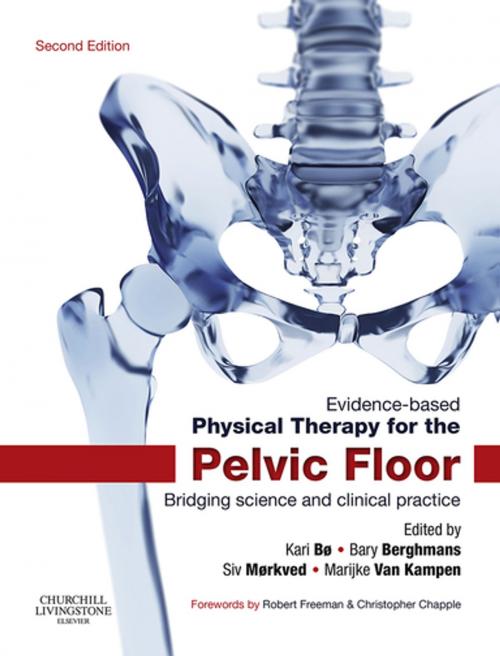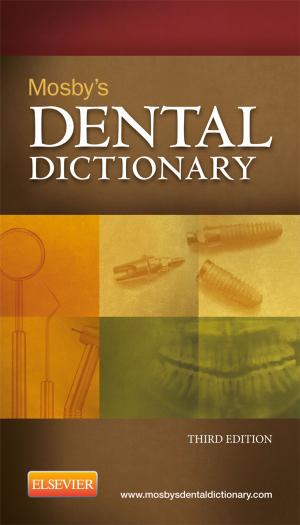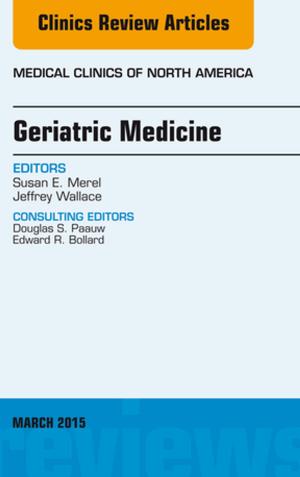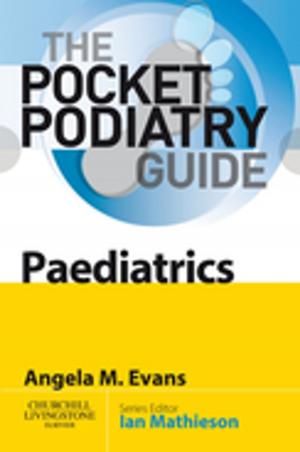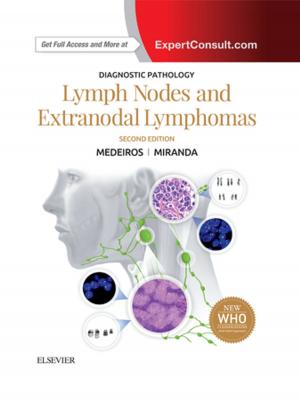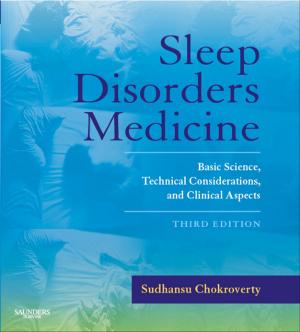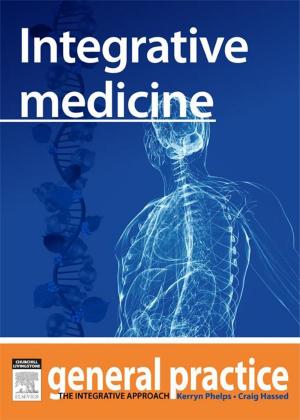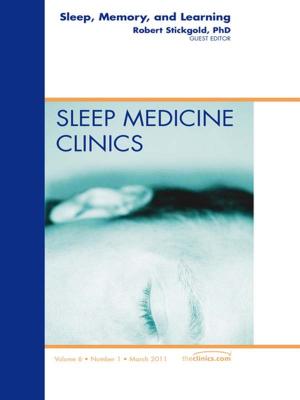Evidence-Based Physical Therapy for the Pelvic Floor - E-Book
Bridging Science and Clinical Practice
Nonfiction, Health & Well Being, Medical, Specialties, Physical Medicine & Rehabilitation, Allied Health Services, Physical Therapy| Author: | Kari Bo, Professor, PT, PhD, Bary Berghmans, PhD, MSc, RPt, Siv Morkved, PT, MSc, PhD, Marijke Van Kampen, PhD | ISBN: | 9780702060731 |
| Publisher: | Elsevier Health Sciences | Publication: | November 4, 2014 |
| Imprint: | Churchill Livingstone | Language: | English |
| Author: | Kari Bo, Professor, PT, PhD, Bary Berghmans, PhD, MSc, RPt, Siv Morkved, PT, MSc, PhD, Marijke Van Kampen, PhD |
| ISBN: | 9780702060731 |
| Publisher: | Elsevier Health Sciences |
| Publication: | November 4, 2014 |
| Imprint: | Churchill Livingstone |
| Language: | English |
Bridging the gap between evidence-based research and clinical practice, ***Physical Therapy for the Pelvic Floor***has become an invaluable resource to practitioners treating patients with disorders of the pelvic floor. The second edition is now presented in a full colour, hardback format, encompassing the wealth of new research in this area which has emerged in recent years.
Kari Bø and her team focus on the evidence, from basic studies (theories or rationales for treatment) and RCTs (appraisal of effectiveness) to the implications of these for clinical practice, while also covering pelvic floor dysfunction in specific groups, including men, children, elite athletes, the elderly, pregnant women and those with neurological diseases. Crucially, recommendations on how to start, continue and progress treatment are also given with detailed treatment strategies around pelvic floor muscle training, biofeedback and electrical stimulation.
- aligns scientific research with clinical practice
- detailed treatment strategies
- innovative practice guidelines supported by a sound evidence base
- colour illustrations of pelvic floor anatomy and related neuroanatomy/ neurophysiology
- MRIs and ultrasounds showing normal and dysfunctional pelvic floor
Bridging the gap between evidence-based research and clinical practice, ***Physical Therapy for the Pelvic Floor***has become an invaluable resource to practitioners treating patients with disorders of the pelvic floor. The second edition is now presented in a full colour, hardback format, encompassing the wealth of new research in this area which has emerged in recent years.
Kari Bø and her team focus on the evidence, from basic studies (theories or rationales for treatment) and RCTs (appraisal of effectiveness) to the implications of these for clinical practice, while also covering pelvic floor dysfunction in specific groups, including men, children, elite athletes, the elderly, pregnant women and those with neurological diseases. Crucially, recommendations on how to start, continue and progress treatment are also given with detailed treatment strategies around pelvic floor muscle training, biofeedback and electrical stimulation.
- aligns scientific research with clinical practice
- detailed treatment strategies
- innovative practice guidelines supported by a sound evidence base
- colour illustrations of pelvic floor anatomy and related neuroanatomy/ neurophysiology
- MRIs and ultrasounds showing normal and dysfunctional pelvic floor
